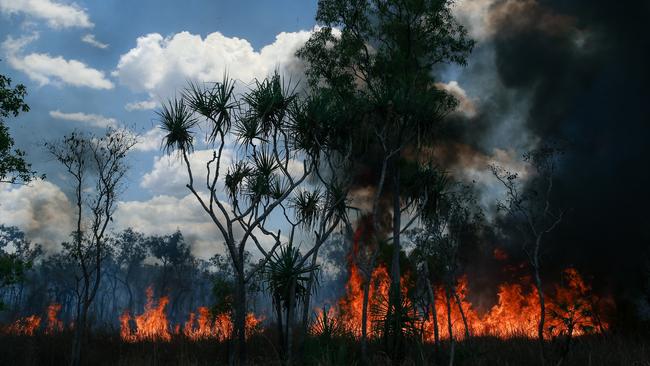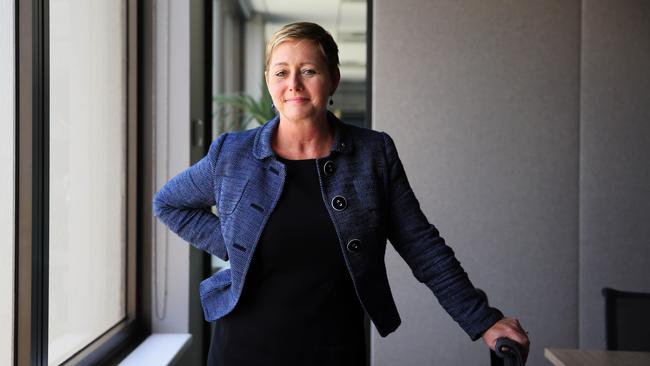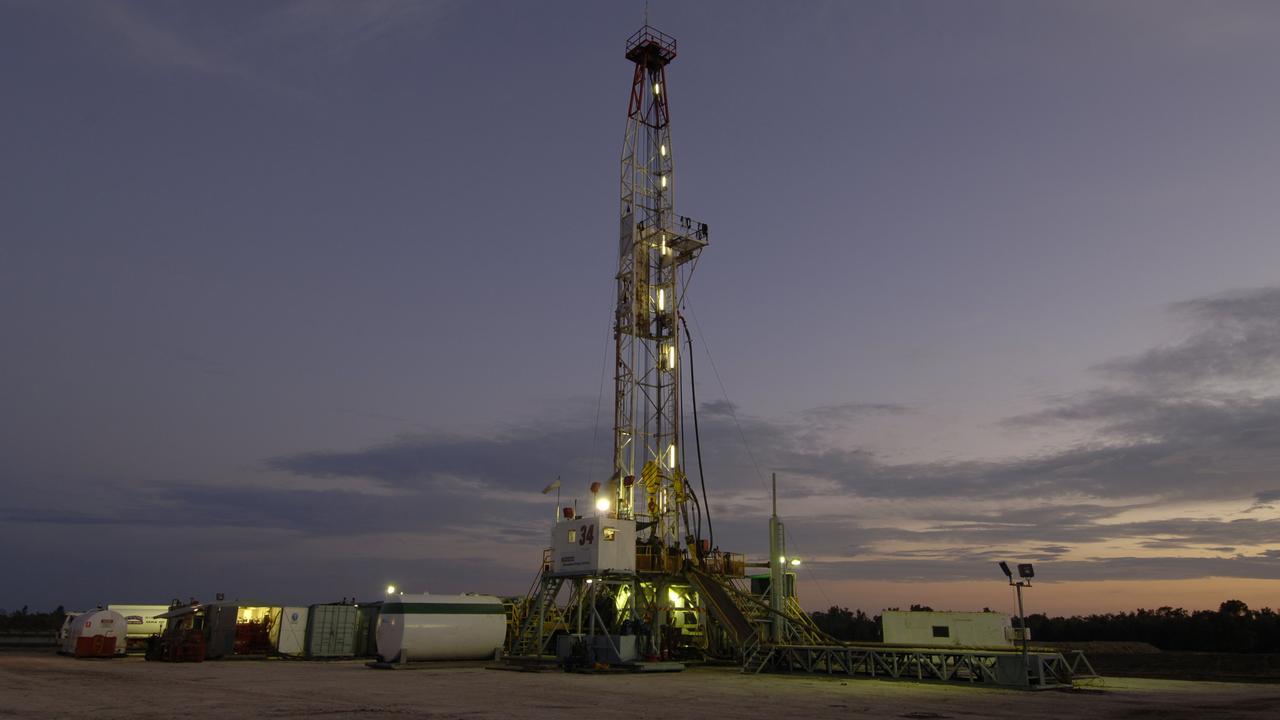Majority of ASX-listed companies commit to carbon-free future
More than 60 per cent of companies on the ASX have made commitments to net zero, with a growing focus on pricing carbon and climate considerations by business leaders.

More than 60 per cent of companies on the ASX have made commitments to net zero with a growing focus on pricing carbon and climate considerations by business leaders.
New research by the Australian Council of Superannuation Investors (ACSI) shows many ASX 200 companies are now in a strong position to meet new mandatory climate disclosures.
ACSI chief executive Louise Davidson said the vast majority of the ASX 200 now had net zero commitments, and importantly most had also set interim targets, which are crucial if investors are to understand the credibility of the company’s ambition.
Despite the improvement in transparency, Ms Davidson said gaps remained in the depth and breadth of climate reporting, with some companies only partially reporting and 18 per cent of the ASX 200 providing very little reporting on their climate risks.
“It is positive to see companies move away from ‘check the box’ reporting and provide investors with greater detail on how climate change considerations are being integrated into strategy and key business decisions,” Ms Davidson said.
“We have seen significant improvements in climate reporting in the last few years, but transitioning to a low-carbon future remains a huge challenge. To meet it, company climate plans need to be credible and backed by science.”
The report found that large companies are leading the way on net zero commitments with 131 ASX 200 companies, representing 66 per cent of the index, making a net zero commitment. That was an 8 per cent increase on 2023. Eighty-two per cent of the market capitalisation of the ASX 200, representing approximately $2.2 trillion, is now invested in companies that have set net zero ambitions.
Ms Davidson said 29 per cent of the ASX 200, or 58 companies, disclosed how climate change was considered when evaluating their financial performance and position. She added that 66 per cent of the index, representing 132 companies, had undertaken and disclosed analysis of their exposure to physical risks arising from climate change – a 12 per cent increase on the previous year. Of these, 97 companies disclose a range of acute and chronic risks.

Acute risks included extreme weather events leading to supply chain disruptions, power and network outages, decreased production and damage to operations and higher emergency response-related costs. Chronic risks disclosed include increased risk of drought, heat and lower rainfall leading to business interruption and production loss.
Companies continued to factor carbon prices into investment decisions with 21 per cent, or 41 companies, of the ASX 200 disclosing that they use an internal carbon price when making investment and capital decisions. However, only 15 per cent of companies publicly disclosed the value of the carbon price used, with significant variations and ranges used.
The results come ahead of the expected implementation of the federal government’s mandatory climate disclosures.
“Mandatory climate reporting will provide investors with clearer information about Australian companies’ exposure to climate risk,” she said.
“Many companies are well placed to meet that challenge although there is still a minority that will have work to do.”
The adoption of the Taskforce for Climate-related Financial Disclosures (TCFD) has more than doubled in the past five years with 82 per cent of companies using the framework.
Ms Davidson said for the first time research had also considered listed companies’ integration of climate into financial statements. Twenty nine per cent of companies disclosed how climate change was considered when evaluating their financial position.
Using carbon prices to test business resilience has increased with 35 companies integrating carbon prices into climate scenario analysis or using a carbon price to budget for their carbon offset strategy – a 9 per cent increase from last year.
However, offsets use and holdings remained opaque. There was a dearth of reporting on carbon offsets use, holdings and quality. ASX 200 companies take a range of approaches to offsets, with disclosure varying widely.







To join the conversation, please log in. Don't have an account? Register
Join the conversation, you are commenting as Logout